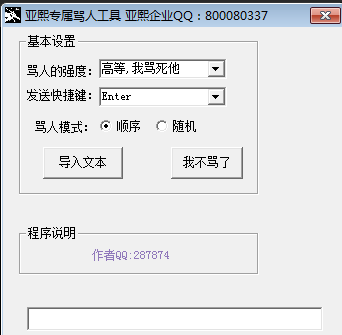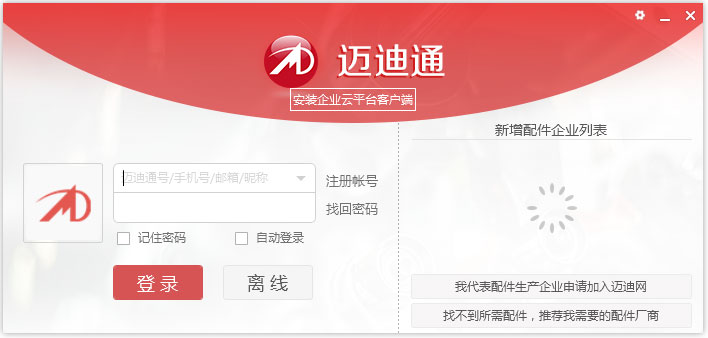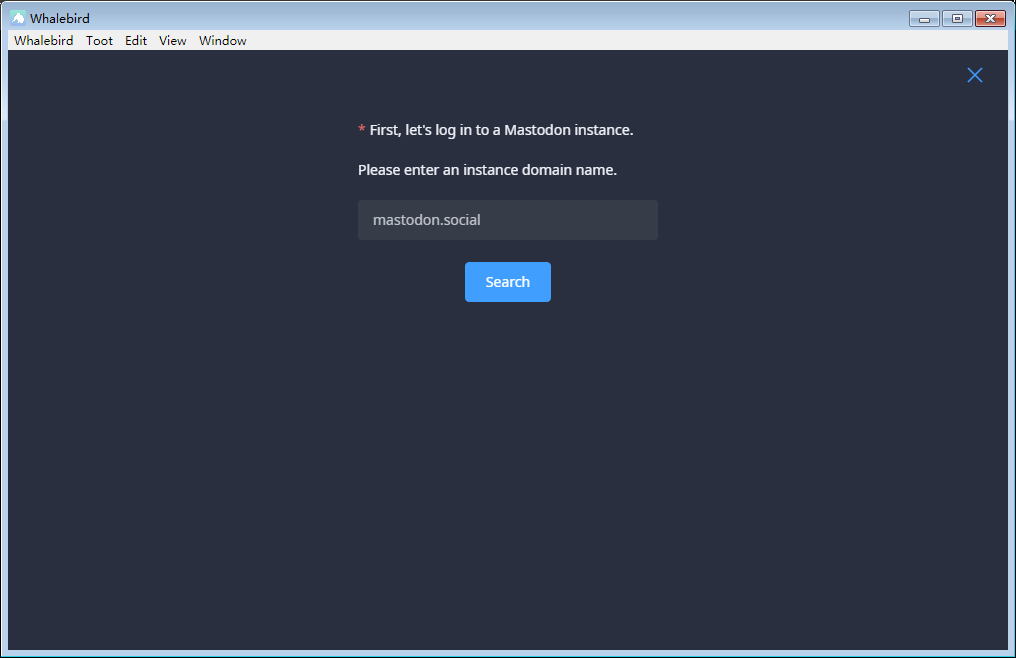sas宏(2),运行中创建宏与使用宏,proc sql创建宏, scl中宏处理(暂缺)
时间:2022-03-14 02:44
1:在程序运行中进行宏定义
CALL routines that enable you to transfer information between an executing DATA step and the macro processor.
You can use the SYMPUT routine to create a macro variable and to assign to that variable any value that is available in the DATA step.
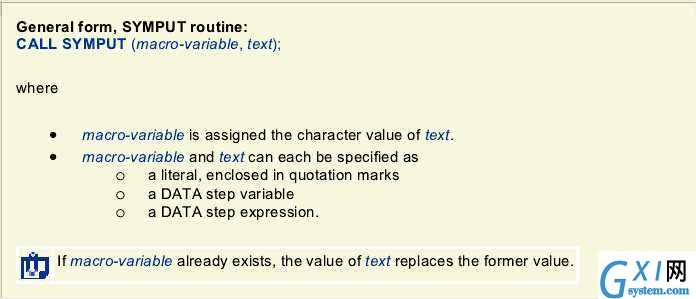
When you use the SYMPUT routine to create a macro variable in a DATA step, the macro variable is not actually created and assigned a value until the DATA step is executed.
options symbolgen pagesize=30;
%let crsnum=3;
data revenue;
set sasuser.all end=final;
where course_number=&crsnum;
total+1;
if paid=‘Y‘ then paidup+1;
if final then do;
if paidup<total then do;
call symput(‘foot‘,‘Some Fees Are Unpaid‘); /*symput函数能达到运行时给宏赋值的效果*/
/*%let foot=Some Fees Are Unpaid; */ /*使用let不能达到想要的效果,let会被宏处理器先执行,优先于data步*/
end;
else do;
call symput(‘foot‘,‘All Students Have Paid‘);
/*%let foot=All Students Have Paid;*/
end;
end;
run;
symput函数里面的参数为表达式的情况
里面引用的函数不需要使用%这种宏函数的记号
trim去右尾 left去左尾
call symput(‘numpaid‘,trim(left(paidup)));
依据变量名建立宏
data _null_; set sasuser.courses; call symput(course_code, trim(course_title));/*每一个observation中的两个变量分别对于宏值与宏变量*/ run; %put _user_;
多个宏触发器的扫描规则
宏处理器将两个&当做一个看待,所以第一次扫描&&&lv2被处理成&(&lv2)->&lv1,第二次扫描就得出res
而&&lv2第一次扫描被处理成&lv2,结果依然为lv1
/*想要用lv2来得到res*/
data _null_; %let lv1 = res; %let lv2 = lv1; %put &lv2; /*一个红触发器无须解释,结果为lv1*/ %put &&lv2; /*这个看上去有理,但是得出的结果还是lv1*/ %put &&&lv2;/*这个得出的结果为res*/ run;
2:在程序运行中进行宏值得获取
在程序中进行宏值得获取用&是不行的,这个是在编译前就被执行的语句。

data teachers; set sasuser.register; length Teacher $ 20; teacher=symget(‘teach‘||left(course_number)); run;
3:利用proc sql创建宏
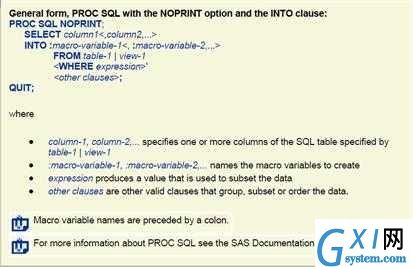
/*在行数位置的情况下创建多个宏变量*/
proc sql noprint; select count(*) into :numrows from sasuser.schedule where year(begin_date)=2002; %let numrows=&numrows; /*消除首尾空白*/ %put There are &numrows courses in 2002; select course_code, location, begin_date format=mmddyy10. into :crsid1-:crsid&numrows, :place1-:place&numrows, :date1-:date&numrows from sasuser.schedule where year(begin_date)=2002 order by begin_date; %put _user_; quit;
create one macro variable that will hold all values of a certain data set variable.

proc sql noprint;
select distinct location into :sites separated by ‘ ‘
from sasuser.schedule;
quit;
Global Symbol Table(符号表中,宏与宏值)
Sites Boston Dallas Seattle
Proc sql中不会进行自动的数据类型转换。对于你想要使用的数据类型要进行手动转换

